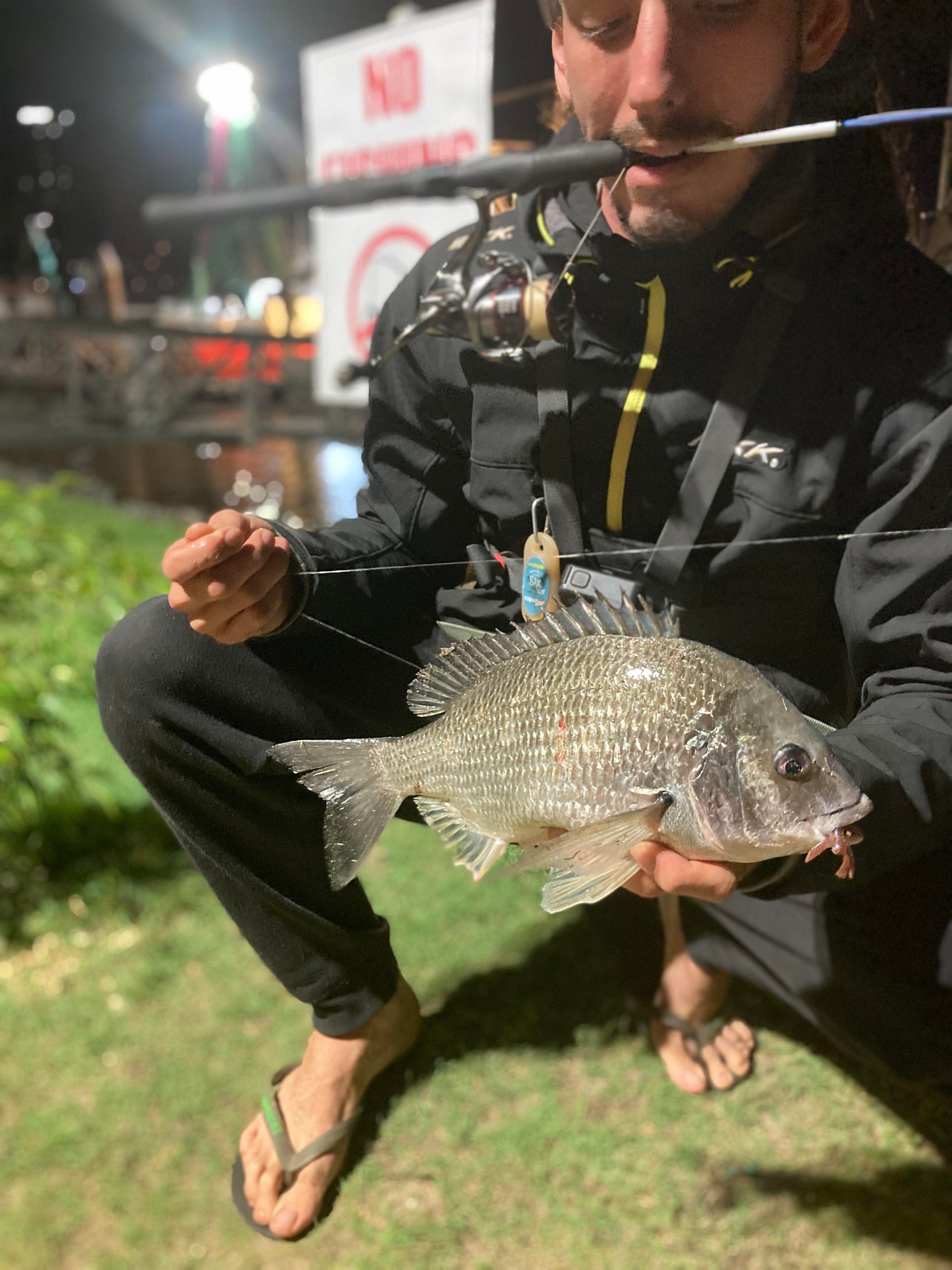
How to Catch Black and Yellowfin Bream
🔔 Get the Best Soft Plastics for Bream & Flathead!
Shop our most popular soft plastics today:
✅ Bottom Bug – Realistic Crayfish Lure
✅ Squideez Soft Plastic – Perfect for finesse estuary fishing
✅ Bullet Prawn – Irresistible prawn action for flathead
📦 Fast Aussie Shipping – Order Now!
Bream are a popular fish with Austalian anglers and one of the most sought after native species. Bream are a popular food fish species caught through recreational fishing. The bream fishery is relatively healthy across Australia and makes for a good fishing session when they are on the bite.
Rod and reel combos in the 7 foot range are a good overall choice. Medium action rods will give you some fish fighting rod backbone. Medium action rods will help cast heavier lures and ball sinkers farther. A Light or Light/Medium rod will help cast lighter lures further. A reel with braid will do good for most fishing spots but may tangle in the surf if allowed to gather slack. A fluorocarbon leader on braid is a good choice and will give some shock absorption on hooksets.
Estuaries are a unique environment in which to catch a variety of species of fish including Bream. The estuaries provide stability and they hold water that is relatively constant and stable for young fish to grow. Rivers feeding into estuaries also can hold Bream.
Oyster leases and crab lures drifted in the current can pay off Bream fishing.
Southern black bream and Yellowfin Bream love oyster leases and have a very strong will to defend their territory from other fish species or humans that enter it. This behaviour is favourable to fishos while casting Bream fishing lures. Pylons allow numerous opportunities where large numbers of Bream can be found. These areas attract baitfish and offer feeding stations for hungry bream.
Ocean rock platforms, jetties, and break walls are great spots to fish for bream. You may also catch snapper and an occasional flathead or tarwhine. Ocean bottom bashing can produce bream but the majority of anglers fish the estuary and harbours. Structure like moored boats can hold some stonker bream whether in the harbour, estuary, or river. Bridges and pier structures can also be a likely hangout of bream.
Lots of baits work for Bream fishing.
Bait fishing works very well for bream. Sandy bottoms, rocky reef transition, and estuaries with good amounts of baitfish will yield the best results when using this method. Bait isn't going to go untouched if there are any fish around and you may catch Morwong or a multitude of other fish while bait fishing.
Prawns, pilchards, squid, and cut bait make good bream bait. Yabbies or nippers work well but are not as commonly used as river prawns or banana prawns. Small crabs will produce big Bream if they can be found. Sand worms will also work a treat for bream especially off the beach while targeting rips and gutters. Bream are opportunistic feeders and will take a wide variety of offerings.
Paternoster rigs and running sinker rigs work well for Bream fishing.
A good bait rig for Bream is a paternoster with a heavy enough sinker to keep it on bottom. Weight snags on bottom so don't cast upcurrent in rocky areas as it will tend to hang up more frequently. When there aren't heavy snags a running ball sinker rig will work well. Running sinker rigs with a fluorocarbon leader off the beach can keep bait in the strike zone longer.
Hooks for Bream shouldn't be too large. 4/0 Suicide or Octopus hooks are a good size for most baits. Upturned eyes can be easily tied to a Paternoster rig with a snell knot making for quick and easy set up or retying. Hooks that are too small will catch more fish but smaller baits will also reduce the chance of hooking that stonker. Bream hooks that are too big won't make it into their mouths. Size #1 to 4/0 are the best range of hooks for all baits.
Soft plastic lures, divers, and crab lures are good Bream lures.
Soft plastic lures, vibes, and hardbody fishing lures work on bream. One of the best bream fishing lures is a small crab lure fished along the oyster leases and pylons. Soft plastics catch a lot of bream across Australia everyday! Worms and crayfish imitations rigged on a jighead and retrieved along bottom have pulled in their share. Diving lures that imitate baitfish or shrimp is another good tool to have in your tackle box.
What lures to use for bream depends on conditions and locations. Be prepared to change tackle tactics when conditions change or what you're using isn't producing results. In harbours and estuaries, bream will often hit a smaller soft plastic especially if they have a lot of fishing pressure. Finesse fishing using light leader in the 4lb to 6lb range can really make a difference. Don't dismiss smaller soft plastic lures.
Fishing outside the heads or along the rock platforms larger jig lures and soft plastics will be more likely to catch stonker bream. Heavier leaders are a must in those conditions as bream will try to wrap around rocks or hide under ledges. Rock platforms can be especially difficult to land big Bream because of this.
Catching Bream on lures and bait is a lot of fun. Get out there!
Catching bream on bait or lures is not all that hard to do once you have their habits and patterns down. There's a ton of Bream fishing lures available in many styles and varieties. Bait is also wide open. Bream are almost everywhere there is saltwater. Enjoy a day out targeting Bream or looking for a mixed bag. It's a fun and rewarding way to relax and spend the day with friends and family.
🔔 Get the Best Soft Plastics for Bream & Flathead!
Shop our most popular soft plastics today:
✅ Bottom Bug – Realistic Crayfish Lure
✅ Squideez Soft Plastic – Perfect for finesse estuary fishing
✅ Bullet Prawn – Irresistible prawn action for flathead
📦 Fast Aussie Shipping – Order Now!
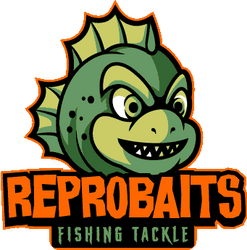
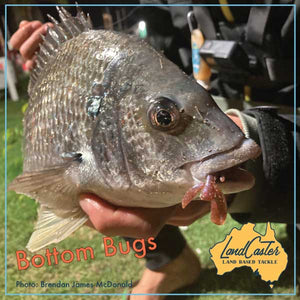
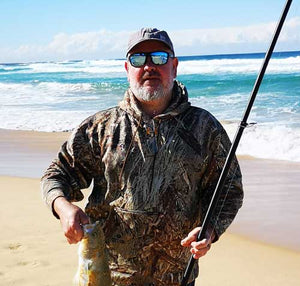
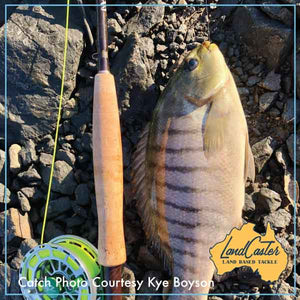
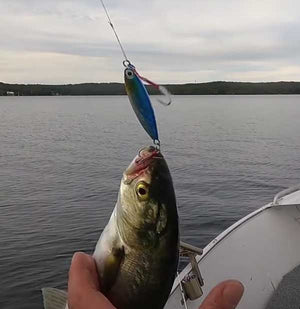
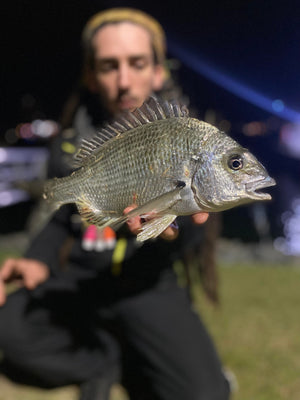
Leave a comment